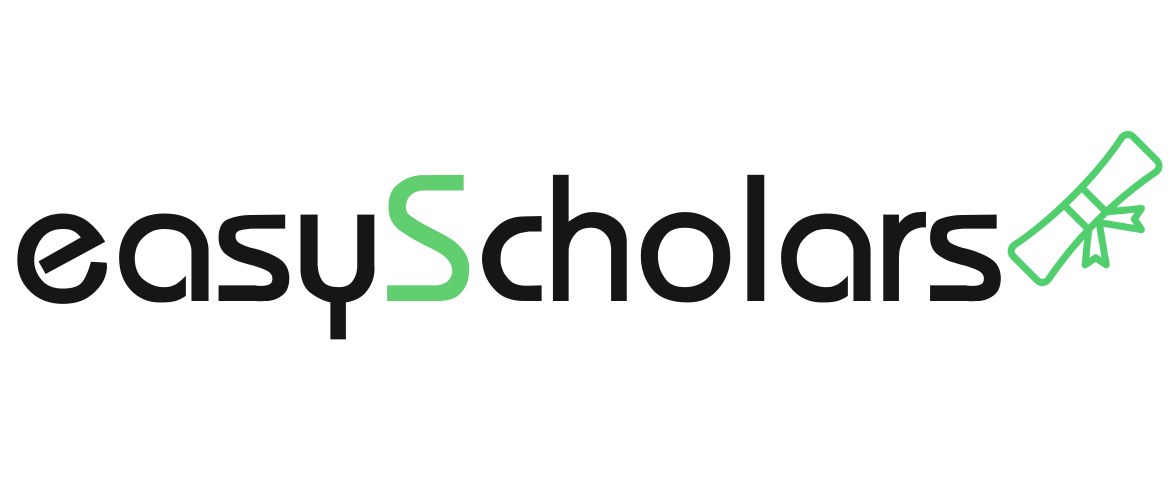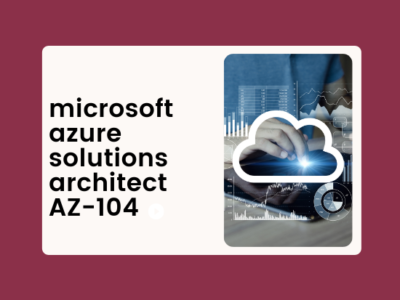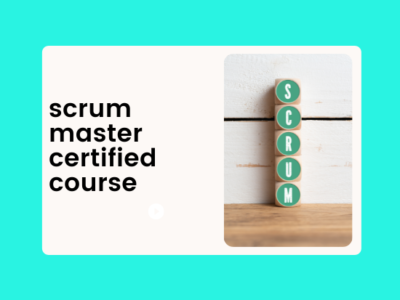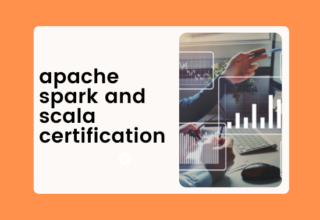Microsoft Azure Developer Associate AZ-204 certification course is designed to help you prepare for Exam AZ-204: Developing Solutions for Microsoft Azure, which is required to attain the Azure Developer Badge (Associate-level). During this Azure Developer Certification training, you will be able to demonstrate comprehensive knowledge of Azure development using IaaS, PaaS solutions, and related Storage, Security, and Integration Services.
Module 1: Introduction to cloud computing and Microsoft Azure
- Cloud Computing
- Saas, Paas & Iaas
- Hybrid Cloud
- Microsoft Azure & Services
- Azure Portal, CLI & PowerShell
- Hands On- Create an Azure account and Azure Portal
- Hands On- Setting up Azure CLI and PowerShell
Module 2: Azure subscriptions and resources
- Azure subscriptions
- Admin Permissions
- Azure Resources Manager
- Use Login Lookup
- Logging and Warning
- Resource Group Management
- Resource Configuration and Policy Blocking
- Hands On- Managing Subscriptions, Quotas, Cost Analysis, and Tagging
- Hands On- Billing Alerts and Subscription Policies
Module 3: Azure storage performance and management
- Azure Storage & Different Types
- Blob, Files, Table, Queue
- Storage Replication
- Azure Storage Explorer
- Shared Access Signatures (SAS)
- Export and Import to Azure Jobs
- Azure Backup
- Azure File Sync
- Azure Content Delivery Network (CDN)
- Vault Service Warehouse
- Configure Backup Policies
- Hands on- Create Azure Storage Accounts
- Hands on- Manage Storage Using Azure Storage Explorer
- Hands on- Secure Storage Using SAS
- Hands on- Implement Blobs and Files Storages
- Hands on- Implement Table Storage
- Hands on- Implement Azure Backup Service
- Hands on- Implement Azure File Sync
- Hands on- Azure CDN Service to Store and Access Data
- Hands on- Transfer Data Using Azure Import/Export service
Module 4: Deploy configure and manage Azure Virtual Machines
- Virtual Machine
- Configuration, Networking, Storage & Availability
- Configure Virtual Hard Disk (VHD) template
- Modifying Azure Resource Manager (ARM)
- Virtual Machine Scalability
- Backup and Restore
- VM Backups
- VM Restoration
- Azure Site Recovery
- Configure Location of New VMs
- Hands on- Configure VM Networking
- Hands on- Configure VM Storage Options
- Hands on- Implement High Availability
- Hands on- Deploy and Configure VM Scale Sets
- Hands on- Deploy a VM from a Custom Image
- Hands on- Implement Backup and Restore
- Hands on- Configure VHD template
- Hands on- Deploy from Template
Module 5: Azure Virtual Networks and Network Security Groups
- Virtual Network Connectivity
- VNET Peering
- Virtual Network Gateways
- Configure Public and Public IPs
- Network Routes and Network Interfaces
- Configure Name Resolutions
- Azure DNS, DNS Zones Private and Public
- Network Security Groups (NSG)
- Create Security Rules
- Associate NSG with a Subnet or Network Interface
- Azure Load Balancer
- Hands on- Static Private and Public IP
- Hands on- Create Network in Portal
- Hands on- Create Network in PowerShell
- Hands on- Create Azure VNETs from Scratch
- Hands on- Create and Attach NIC to VM
- Hands on- Create and use NSG
- Hands on- Create and configure DNS
Module 6: Access management for cloud resources in Azure
- Monitoring Capabilities in Azure
- What is Azure Alert?
- What is Azure Activity Log?
- Introduction to Log Analytics
- Query and Analyze Log Analytics Data
- Introduction to Access Management in Azure
- Azure Users and Groups
- What is Role-Based Access Control (RBAC)?
- What are RBAC Policies?
- Hands on- Configure Alerts using Azure Monitor
- Hands on- Review Azure Activity Log
- Hands on- Query and Analyze Log Analytics Data
- Hands on- Create and Manage Azure Users and Groups
- Hands on- Configure Management Access to Azure
Module 7: Development of Azure Iaas solutions
- Deploy Virtual Machine
- Deploy ARM Templates
- Configure Azure Disk Encryption for Virtual Machines
- Deploy Azure Batch Jobs to Azure Batch Jobs
- Perform Batch Tasks with Azure CLI
- Understanding Azure Portals
- Azure Batch Services
- Batch Service Encoding Tasks
- Hands on- Provision Virtual Machines by Using the Azure Portal, PowerShell, and code
- Hands on- Deploy ARM Templates for VM
- Hands on- Run a Batch Job by Using Azure CLI, Azure portal, and Code
Module 8: Development of Azure Paas solutions
- Azure App Service
- Azure App Service Web Apps
- WebJobs
- Azure Mobile Service Applications
- Azure App Service APIs
- Azure Function
- Input and Output Functions Binding
- Activation of the Timer Function
- Webhook and Data Operations
- Durable Azure Function
- Hands on- Create Azure App Service Web App
- Hands on- Create Web Job Background Tasks
- Hands on- Create Azure App Service Mobile Apps
- Hands on- Deployment of Features Azure
- Hands on- Create Applications for Azure Functions with Visual Studio
Module 9: Develop a solution that uses Azure table storage & Cosmos DB
- Table Storage and Table Policies
- Use Code to Query Table Storage
- Deploy Partition Schemes
- Use Cosmo DB Storage to Develop Solutions
- Create, Read, Update, Delete Data with the Right API
- Operate Consistency Level
- Develop Relational Database Solutions
- Configure Azure SQL Database Elastic Pool
- Use Code to Create, Read, Update & Delete Data Tables
- Develop Blob Storage Solutions
- Deploy Blob Leasing
- Data Archiving and Its Retention
- Hands on- Perform Shared Key Authorization
- Hands on- Manage Data by Using the Azure Table Storage REST Service
- Hands on- Use Appropriate APIs to Create, Read, Update, and Delete Data
- Hands on- Create and Update Documents by Using Code
Module 10: Implement Azure security
- Implement Authentication
- Use of Form-based Authentication
- Tokens and Certificates
- Use of Azure AD for Windows Authentication
- OAuth2 Authentication
- Managed Security Identity
- Service Principal Authentication
- Role-based and Claim-based Authentication
- Shared Access Signatures
- Secure Data Solutions
- Decryption and Encryption of Data in Transit and in rest
- Use of KeyVault API to Create and Delete keys
- Hands on- Implementing OAuth2 Authentication in the Solutions
- Hands on- Using Azure Key Vault to Store and Retrieve Authentication Information
- Hands on- Implementing Multi-factor Authentication
- Hands on- Implementing Claims-based Authorization
Module 11: Monitor troubleshoot and optimize Azure solutions
- Develop Code for Application and Service Scalability
- Autoscaling Rules
- Troubleshoot Transit Code Errors
- Caching and Integrating Content Distribution into Solutions
- Storing and Retrieving Azure Redis Cache Data
- Developing CDN Code
- Invalid Content Caching
- Support for Monitoring and Recording Decisions
- Deploy Application Data to Configure the Application or Service Tool
- Azure Monitor for Troubleshooting
- Implement Web Application Tests, and Warnings
- Hands on- Encrypt Data with Transparent Data Encryption
- Hands on- Manage and Utilize Encryption Keys by Using the Azure Key Vault
- Hands on- Configure and Interact with Azure Redis Cache
- Hands on- Manage Azure CDN
Module 12: Connect and consume Azure services and third-party providers
- Develop App Service Logic App
- Build Application Logic
- Custom Connectors and Custom Templates for Logical Applications
- Integrate Azure Search in Solutions
- Create Azure Search Indexes
- Import Search Data & Query Azure Search Indexes
- API Gateways, Policies, APIM Instance & API Authentication
- Event-based Solution Development
- Event Grid Solution Deployment
- Event Hub and Notification Hub
- Message-Based Solution Development
- Azure Service Bus
- Hands on- Create Logic Apps by Using Visual Studio
- Hands on- Create an Azure Search index
- Hands on- Import Searchable Data
- Hands on- Query the Azure Search Index
- Hands on- Create an APIM Instance
- Hands on- Configure Authentication for APIs
- Hands on- Define policies for APIs
- Hands on- Create and Integrate Event Grid, Event Hubs, and Notification Hubs
- Hands on- Create and integrate Azure Service Bus
- Hands on- Implement Azure Queue Storage Queues
Project 1: Build and Deploy Azure Application using Python
PostgreSQL and Azure App Services
The following professionals can go for this course:
- Professionals looking for hands-on training on Azure Application Services
- Developers who already know how to code in at least one of the Azure-supported languages
- Professionals who are planning to attain Azure Developer – Associate Badge
- Cloud Evangelists
course outcome.
By the end of this online Microsoft Certified Azure Developer Associate AZ-204 training, you will be able to:
- Implement IaaS solutions using Azure Container Registry and Instance
- Create and implement Azure App Service web apps
- Implementing Azure functions using data operations, timers, and webhooks
- Deploy Cosmos DB storage and blob storage
- Implement Azure security using authentication and authorization
- Connect and work on Azure services and third-party services
value added features.
- placement assistance
- 24/7 technical support
- resume building
- recorded sessions
- self-paced
- reference material
alumni
our Alumni Works at.

frequently asked question.
easyScholars offers a unique online Azure Developer Associate course for professionals who are willing to build a career in this rousing domain. There are many reasons to choose easyScholars :
- Interactive online instructor-led live classes conducted by SMEs
- Personal mentors who will keep a stage track of your progress in Azure Data Factory course
- A Substantial LMS which allows the users to view their recorded sessions from their live classes along with the self-recorded courses
- Real-time exercises, assignments, industry-based use cases and real-world projects
- 24/7 learning support by the easyScholars’ dedicated tech support team
- Large community of learners from across the globe
- Industrially as well as globally recognized certificate by easyScholars
- Personalized job support, resume and interview preparation
You really never miss any lecture at easyScholars , because you will be provided with the recorded sessions of the live class on your LMS within 24 hours and despite that, you can also attend any different live session to cover up the missed topic and ask your doubts from the trainer or you can simply re-schedule your batch and get yourself a new batch assigned.
Live Virtual Classes or Online Classes. With online class training, you can access courses via video conferencing from your desktop to increase productivity and reduce work time and personal time
easyScholars offers a 24/7 request solution and you can pick up your tickets at any time from our dedicated support team. You can use email support for all your questions. If your request is not answered via email, we can also arrange one-on-one discussions with the faculty. You will be glad to know that you can switch to easyScholars support after completing training. We also don’t limit the number of tickets you can collect when solving questions and doubts
Yes, easyScholars has a dedicated placement assistance team. Our job assistance program will help you reach the job you have been seeking. Under this program, we help you by building your professional resume and then sharing it across our network companies that we have tie ups with.
easyScholars offers the most up-to-date, relevant and valuable projects in the real world as part of the training program. In this way, you can integrate what you have learned in the real industry. Each training is delivered with various projects where you can thoroughly test your skills, learning and practical knowledge so that you are well prepared for the industry. They work on very interesting projects in the fields of high technology, e-commerce, marketing, sales, networking, banking, insurance and more. After successfully completing your project, your skills will be counted as a result of six months of intensive industry experience.
After completing the easyScholars Training Program along with all real projects, tests and assignments and achieving at least 60% points in the qualification exam; you will receive an industry recognized certificate by easyScholars. This certification is recognized by companies all across the industry, which includes a lot of top MNCs worldwide.
Hardware Requirements:
- Memory – Minimum 8 GB RAM
- Processor – Intel Core i3 CPU @2.00 GHz or later
- Storage – 250 GB HDD/SDD or later
Software Requirements:
- Operating System – Windows 7 or later, Ubuntu 14 or later
- Visual Studio 2017 community edition (Include Azure packages)
- Windows PowerShell 4.0 or later (Install Azure Module)
- Microsoft Azure SDK for .NET v2.9 or later
azure developer associate AZ-204
Candidates taking the Microsoft Azure Developer exam will know if they’ve passed almost immediately after they’ve completed their exam.
Azure Developer certification is valid as per Microsoft discretion. Retired certifications (i.e. certification for technologies that are no longer being used) move to the retired section of a candidate’s transcript.















